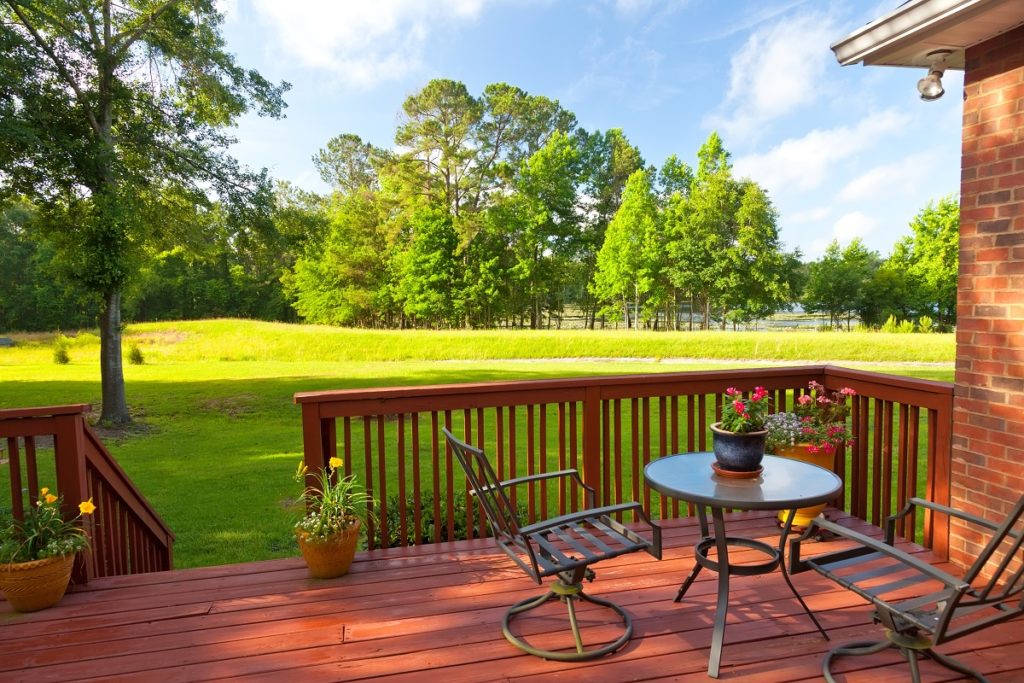- Install skylights to reduce electricity usage and improve overall well-being.
- Replace old bulbs with LED or fluorescent lighting to decrease energy consumption and increase light quality in the room.
- Unplug electronics when not in use to reduce energy waste and save on monthly bills.
- Install insulation and double-pane windows to create a more energy-efficient environment and reduce carbon emissions.
- Invest in solar panels to produce clean energy and decrease reliance on the grid.
Making your home more energy-efficient is one of the best things you can do to reduce your carbon footprint and save money on utility bills. With a few simple modifications, you can ensure your home runs efficiently and help protect the environment.
Use energy-efficient solutions
Using energy-efficient solutions in your home is one of the best ways to save energy and reduce your carbon footprint. Here are some ideas for making your home more energy-efficient:
Install quality roof light lanterns

Installing quality roof light lanterns is a smart way to enhance your home’s aesthetic appeal and make it more energy-efficient. This is a skylight designed to bring natural light and ventilation into your home.
It is an excellent way to reduce your carbon footprint as you use less electricity when you rely on natural light. Furthermore, installing a roof light lantern can improve your overall well-being by lifting your mood, increasing your Vitamin D intake, and relieving stress.
By opting for high-quality materials and professional installation, you can also ensure that the roof light lantern is durable enough to withstand harsh weather conditions and offer longevity. If you want to make your home more energy-efficient while enjoying the many benefits of natural light, consider installing a quality roof light lantern.
Replace old light bulbs with LED or fluorescent lighting
Homeowners looking to save energy and reduce their energy bills should consider replacing old light bulbs with LED or fluorescent lighting. This simple modification provides numerous benefits. Not only does it decrease energy consumption, but it also reduces light pollution and extends the bulb’s life.
Additionally, it provides a brighter and more consistent light, enhancing the room’s overall ambiance. To properly replace old bulbs, it’s crucial to first, identify the type of fixture and bulb needed and ensure compatibility.
Next, turn off the power supply at the circuit breaker and carefully remove the old bulb. Finally, install the new bulb, following the instructions provided. By taking these steps, homeowners can significantly contribute to the environment and enjoy a more energy-efficient home.
Unplug or turn off electronics when not in use
Unplugging or turning off electronics when not in use is an important home modification that can significantly impact energy efficiency. This simple action refers to cutting power to electronic devices when they are not actively used or charged. Many people are unaware that electronics plugged in but not in use still consume energy and contribute to energy waste.
By taking this simple step to cut power to unused devices, homeowners can reduce energy consumption, save on monthly bills, and even extend the lifespan of their electronics. Experts recommend implementing these practices to create a more energy-efficient home and positively impact the environment.
Install insulation and double-pane windows
As homeowners become more conscious of their energy usage and need for a sustainable lifestyle, they turn to home modifications to help them achieve these goals. Insulation and double-pane windows installation are the most sought-after and effective modifications.
These two improvements work in tandem to create a more energy-efficient home by retaining warm air during winter and cool air during summer, reducing the need for heating and air conditioning systems.
Insulation lays a foundation, making the air in your home less likely to escape, while double-pane windows trap air between two panes, acting as an extra layer of insulation. Proper installation is crucial to make sure that these elements work effectively. By investing in these modifications, homeowners stand to save on household energy costs significantly while reducing carbon footprints.
Invest in solar panels

Investing in solar panels is a smart choice for homeowners looking to reduce their carbon footprint while saving money. This home modification involves installing photovoltaic panels, which capture the sun’s energy and convert it into electricity that can power your home. The benefits of this eco-friendly investment are significant.
By producing your energy, you can reduce your reliance on the grid, lowering electricity bills and fewer greenhouse gas emissions. Plus, solar panels can increase your home’s value, making it more attractive to potential buyers.
When considering this energy-efficient modification, it’s important to consult a professional to ensure you choose the right size and placement of panels for optimal performance. Solar panels can provide clean energy for years with proper installation and maintenance.
Seal cracks, holes, and gaps around doors & windows
Properly sealing cracks, holes, and gaps around doors and windows is a crucial home modification for homeowners looking to increase their house’s energy efficiency. Not only does this safeguard your home against harsh weather conditions, but it also drastically reduces your energy bills.
Many homesteaders tend to overlook this important task, which can lead to a spike in their spending related to energy consumption. The seeping of cold air in winter and warm air escaping in summer from cracks and gaps around doors and windows can lead to a dingy living habitat, costing you more money to run heaters, air-conditioners, and dehumidifiers.
These are just some ways to make your home more energy-efficient and reduce your carbon footprint. By making wise investments and adjustments, you can create a cozy living space while contributing to environmental conservation.


